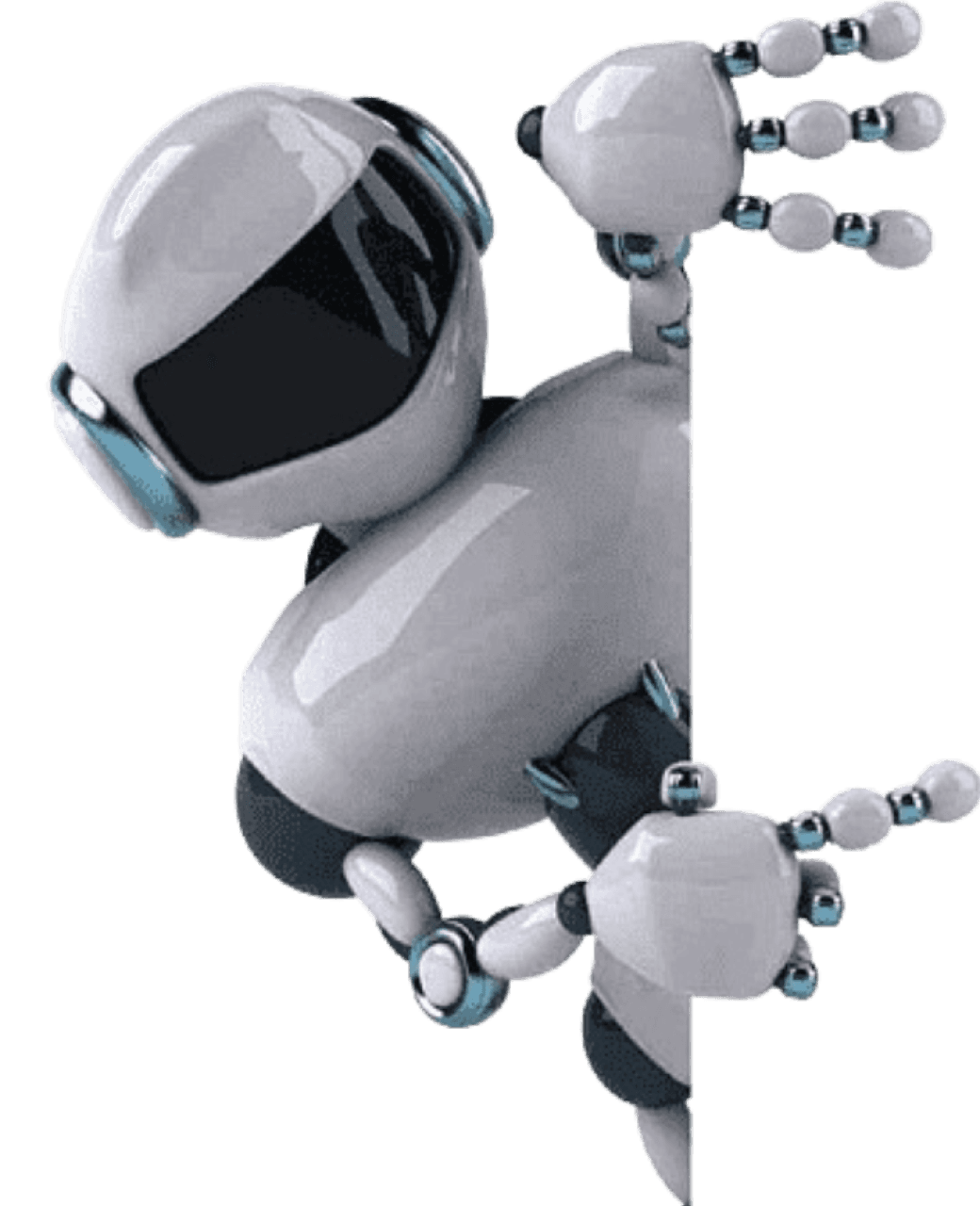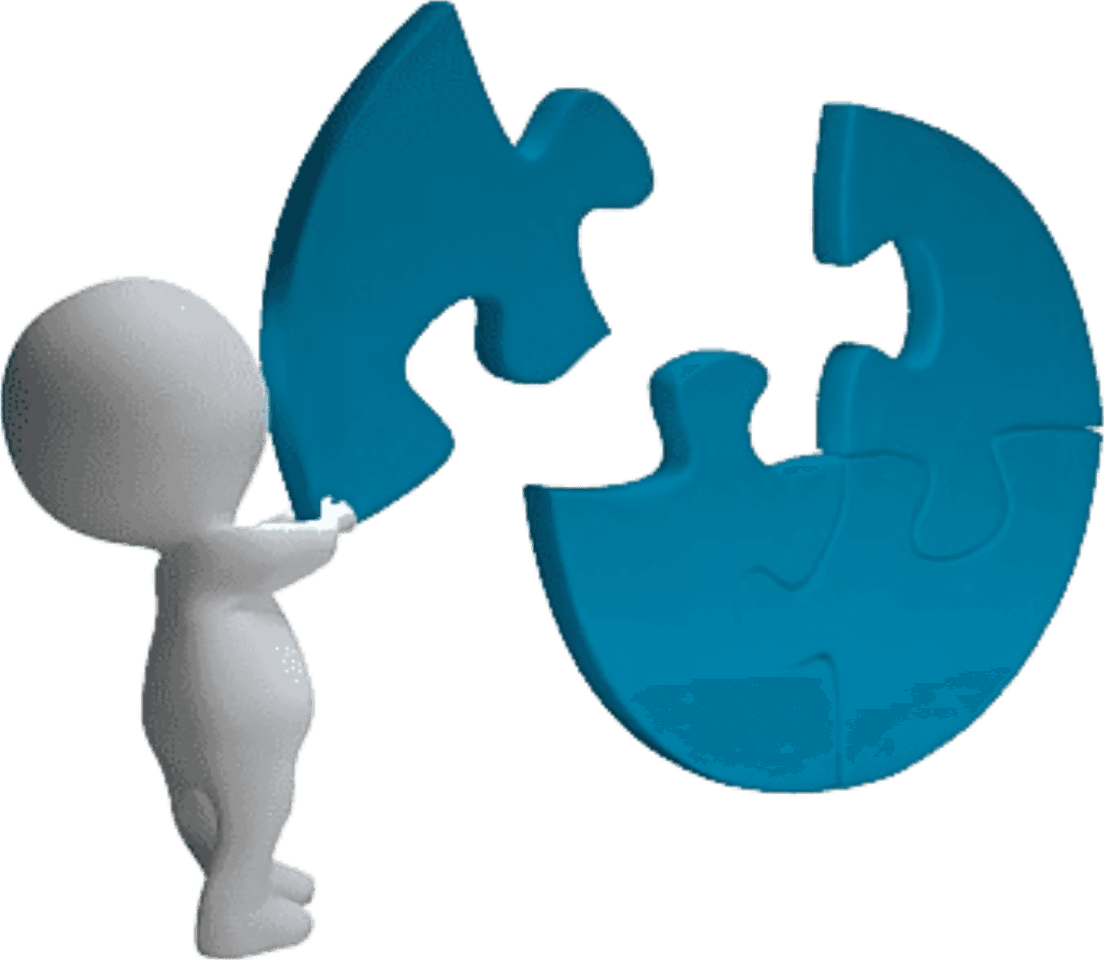Understanding the Impact of Vision AI Solutions in Aerospace Manufacturing
Understanding the Impact of Vision AI Solutions in Aerospace Manufacturing
Understanding the Impact of Vision AI Solutions in Aerospace Manufacturing
Understanding the Impact of Vision AI Solutions in Aerospace Manufacturing
Understanding the Impact of Vision AI Solutions in Aerospace Manufacturing
Understanding the Impact of Vision AI Solutions in Aerospace Manufacturing
Understanding the Impact of Vision AI Solutions in Aerospace Manufacturing
By Apratim Ghosh
By Apratim Ghosh
By Apratim Ghosh
Dec 9, 2024
Dec 9, 2024
Dec 9, 2024
Vision AI Solutions
Vision AI Solutions
AI vision
AI vision
Computer vision and pattern recognition
Computer vision and pattern recognition
Listen to this blog :
0:00/1:34
White paper
White paper
AI Based Gross to Net (G2N) Solution
AI Based Gross to Net (G2N) Solution
Valuable Asset For Agri Science Company
Valuable Asset For Agri Science Company





Aircraft manufacturing companies are juggling several competing priorities every day. From complying with stringent regulatory and safety standards to ensuring precision in inspection, ensuring the quality and safety of the fuselage, wing, landing gear, cockpit, engines, fuel tanks, exhaust systems, instrument panels, and other components is challenging, to say the least.
The sheer number of parts and assemblies that must be tested for defects can overwhelm even the most qualified technician. Learn how Vision AI inspection can accelerate the review and examination process, enhance manufacturing quality, and ensure the reliability and safety of the final aircraft.
Importance of Rigorous Inspection in Aerospace Manufacturing
In August 2024, Brazil’s Voepass Flight 2283 entered a flat spin with a rapid descent, killing all 62 people on board. The cause of the crash is supposed to have been because the plane’s de-icing system didn’t work correctly. In early 2024, LATAM flight LA800 descended sharply, throwing passengers and crew into the air and injuring more than 50 on board. Investigators reveal that a sudden movement of the pilot’s seat affected the yoke in front of the pilot, causing the mishap.
Accidents like these are a stark reminder of how critical inspection is in aerospace manufacturing. A rigorous and regular inspection ensures every component on the aircraft works seamlessly together and meets necessary regulatory and safety requirements. But imagine being an aircraft inspection technician and manually checking parts, knowing when major components are installed, and ensuring the finished product is built to exact standards. It is a time-intensive and labor-intensive process that is also highly prone to errors that can cause regulatory fines, license cancellations, and risks to passenger safety.
That’s where Vision AI comes into the picture. AI-driven inspection allows technicians to analyze video feeds using AI-driven quality control systems to inspect aircraft components. Aircraft technicians can simplify quality control and inspection procedures using computer vision technology. They can improve operational efficiency while maintaining exceptional quality standards in every production cycle. Using AI, inspection personnel can reduce inspection time from minutes to seconds.
Use Cases of AI Vision Solutions in Aerospace Manufacturing
Vision AI-driven quality control systems enhance aircraft component quality and reliability and reduce errors via real-time intelligent inspection. By automatically and precisely logging significant assembly steps, they minimize rework, eliminate the possibility of human error, and drive better fault detection. Let’s look at the different applications of AI-driven inspection in aerospace manufacturing:
Quality checks: Computer vision and pattern recognition technologies enable real-time inspection of aircraft components without human intervention. These technologies can pinpoint subtle defects such as misalignments and contaminations while ensuring strict compliance with precise specifications.
Inspect the airplane's body for dents, cracks, or corrosion, even in hard-to-reach areas, using advanced defect detection and inspection solutions.
Examine pilot seats for loose connections, material flaws, weak joints, improper frame alignmnet, ergonomic inconsistencies, and compliance with safety standards.
Check the engine for fluid leaks or missing components with greater accuracy using advanced algorithms.
Look for cracks or structural damage to wings or fuselage with high precision, improving safety and efficiency while reducing human error and inspection time.
Identify soldering defects such as voids, cold joints, and excess solder using advanced image processing algorithms and prevent electrical failures or compromised safety in aircraft systems.
Inspect the landing gear by analyzing images or videos captured during the inspection and detecting structural flaws, misalignment, and malfunctions.
Analyze brakes and tires through high-resolution imaging and proactively detect faulty sensors, fluid leaks, and cracks.
Tracking and traceability: AI Vision inspection systems can help aircraft manufacturers monitor and trace every component throughout the supply chain. By integrating with IoT-enabled sensors and enterprise systems, AI vision solution can
Provide real-time insights into the location and condition of parts, reduce the risk of counterfeit parts, and streamline inventory management.
Capture, process, and recognize serial numbers, part numbers, and other identification codes on aircraft components.
Check barcode text quality and streamline traceability throughout the supply chain.
Predictive maintenance: AI Vision systems help aircraft inspection technicians streamline the maintenance of manufacturing systems. Analyzing data from aircraft sensors, they can:
Predict component failures in manufacturing equipment by identifying patterns and anomalies that indicate damage or malfunctions.
Detect subtle issues in aircraft components that may go unnoticed during manual inspections via early intervention.
Assembly verification: High-resolution cameras and advanced AI algorithms can analyze every aircraft component, joint, and fastening in real time to confirm alignment, detect missing or misaligned parts, and verify adherence to design specifications. Using AI-driven inspection systems, technicians can:
Validate that products are assembled in proper sequences and are not missing components, preventing failures and recalls.
Note and timestamp components that have passed inspection checklists, freeing up employees to focus on more meaningful tasks.
Automatically flag manufacturing issues in the plane’s final assembly using video feeds.
Combine Precision and Innovation with Vision Guard AI
In the quality control and inspection world, AI accelerates inspections from hundreds of images per minute to millions of images per minute. The speed and precision that AI vision technology brings to inspection in aerospace manufacturing translates into significant time, cost, and effort savings. It also eliminates the possibility of human error and dramatically improves the overall operations of modern-day aircraft.
Looking to boost quality and maintain safety standards in aerospace manufacturing? Learn how Vision Guard AI combines precision and innovation to make quality control and inspection procedures simple and easy.
Aircraft manufacturing companies are juggling several competing priorities every day. From complying with stringent regulatory and safety standards to ensuring precision in inspection, ensuring the quality and safety of the fuselage, wing, landing gear, cockpit, engines, fuel tanks, exhaust systems, instrument panels, and other components is challenging, to say the least.
The sheer number of parts and assemblies that must be tested for defects can overwhelm even the most qualified technician. Learn how Vision AI inspection can accelerate the review and examination process, enhance manufacturing quality, and ensure the reliability and safety of the final aircraft.
Importance of Rigorous Inspection in Aerospace Manufacturing
In August 2024, Brazil’s Voepass Flight 2283 entered a flat spin with a rapid descent, killing all 62 people on board. The cause of the crash is supposed to have been because the plane’s de-icing system didn’t work correctly. In early 2024, LATAM flight LA800 descended sharply, throwing passengers and crew into the air and injuring more than 50 on board. Investigators reveal that a sudden movement of the pilot’s seat affected the yoke in front of the pilot, causing the mishap.
Accidents like these are a stark reminder of how critical inspection is in aerospace manufacturing. A rigorous and regular inspection ensures every component on the aircraft works seamlessly together and meets necessary regulatory and safety requirements. But imagine being an aircraft inspection technician and manually checking parts, knowing when major components are installed, and ensuring the finished product is built to exact standards. It is a time-intensive and labor-intensive process that is also highly prone to errors that can cause regulatory fines, license cancellations, and risks to passenger safety.
That’s where Vision AI comes into the picture. AI-driven inspection allows technicians to analyze video feeds using AI-driven quality control systems to inspect aircraft components. Aircraft technicians can simplify quality control and inspection procedures using computer vision technology. They can improve operational efficiency while maintaining exceptional quality standards in every production cycle. Using AI, inspection personnel can reduce inspection time from minutes to seconds.
Use Cases of AI Vision Solutions in Aerospace Manufacturing
Vision AI-driven quality control systems enhance aircraft component quality and reliability and reduce errors via real-time intelligent inspection. By automatically and precisely logging significant assembly steps, they minimize rework, eliminate the possibility of human error, and drive better fault detection. Let’s look at the different applications of AI-driven inspection in aerospace manufacturing:
Quality checks: Computer vision and pattern recognition technologies enable real-time inspection of aircraft components without human intervention. These technologies can pinpoint subtle defects such as misalignments and contaminations while ensuring strict compliance with precise specifications.
Inspect the airplane's body for dents, cracks, or corrosion, even in hard-to-reach areas, using advanced defect detection and inspection solutions.
Examine pilot seats for loose connections, material flaws, weak joints, improper frame alignmnet, ergonomic inconsistencies, and compliance with safety standards.
Check the engine for fluid leaks or missing components with greater accuracy using advanced algorithms.
Look for cracks or structural damage to wings or fuselage with high precision, improving safety and efficiency while reducing human error and inspection time.
Identify soldering defects such as voids, cold joints, and excess solder using advanced image processing algorithms and prevent electrical failures or compromised safety in aircraft systems.
Inspect the landing gear by analyzing images or videos captured during the inspection and detecting structural flaws, misalignment, and malfunctions.
Analyze brakes and tires through high-resolution imaging and proactively detect faulty sensors, fluid leaks, and cracks.
Tracking and traceability: AI Vision inspection systems can help aircraft manufacturers monitor and trace every component throughout the supply chain. By integrating with IoT-enabled sensors and enterprise systems, AI vision solution can
Provide real-time insights into the location and condition of parts, reduce the risk of counterfeit parts, and streamline inventory management.
Capture, process, and recognize serial numbers, part numbers, and other identification codes on aircraft components.
Check barcode text quality and streamline traceability throughout the supply chain.
Predictive maintenance: AI Vision systems help aircraft inspection technicians streamline the maintenance of manufacturing systems. Analyzing data from aircraft sensors, they can:
Predict component failures in manufacturing equipment by identifying patterns and anomalies that indicate damage or malfunctions.
Detect subtle issues in aircraft components that may go unnoticed during manual inspections via early intervention.
Assembly verification: High-resolution cameras and advanced AI algorithms can analyze every aircraft component, joint, and fastening in real time to confirm alignment, detect missing or misaligned parts, and verify adherence to design specifications. Using AI-driven inspection systems, technicians can:
Validate that products are assembled in proper sequences and are not missing components, preventing failures and recalls.
Note and timestamp components that have passed inspection checklists, freeing up employees to focus on more meaningful tasks.
Automatically flag manufacturing issues in the plane’s final assembly using video feeds.
Combine Precision and Innovation with Vision Guard AI
In the quality control and inspection world, AI accelerates inspections from hundreds of images per minute to millions of images per minute. The speed and precision that AI vision technology brings to inspection in aerospace manufacturing translates into significant time, cost, and effort savings. It also eliminates the possibility of human error and dramatically improves the overall operations of modern-day aircraft.
Looking to boost quality and maintain safety standards in aerospace manufacturing? Learn how Vision Guard AI combines precision and innovation to make quality control and inspection procedures simple and easy.
Get in Touch
Get in Touch
Related Blogs
Related Blogs
Related Blogs
Related Blogs





Join our Newsletter 👇,
Join our Newsletter 👇,
Join our Newsletter 👇,
Join our Newsletter 👇,
Want the latest technology updates & business trends in your inbox? Subscribe to our newsletter and experience reading really interesting and informative.
Want the latest technology updates & business trends in your inbox? Subscribe to our newsletter and experience reading really interesting and informative.
Your email address
Sign me up
Explore more topics
Ready to brush up on something new? We've got more to read right this way.
Explore more topics
Ready to brush up on something new? We've got more to read right this way.
Explore more topics
Ready to brush up on something new? We've got more to read right this way.
Explore more topics
Ready to brush up on something new? We've got more to read right this way.
Explore more topics
Ready to brush up on something new? We've got more to read right this way.
TECH
Inspire
Ideate
Inovate
Reach Out to Us :
Copyright © 2025 InovarTech. All rights reserved
TECH
Inspire
Ideate
Inovate
Reach Out to Us :
Copyright © 2025 InovarTech. All rights reserved
TECH
Inspire
Ideate
Inovate
Reach Out to Us :
Copyright © 2025 InovarTech. All rights reserved
TECH
Inspire
Ideate
Inovate
Reach Out to Us :
Copyright © 2025 InovarTech. All rights reserved
TECH
Inspire
Ideate
Inovate
Reach Out to Us :
Copyright © 2025 InovarTech. All rights reserved








